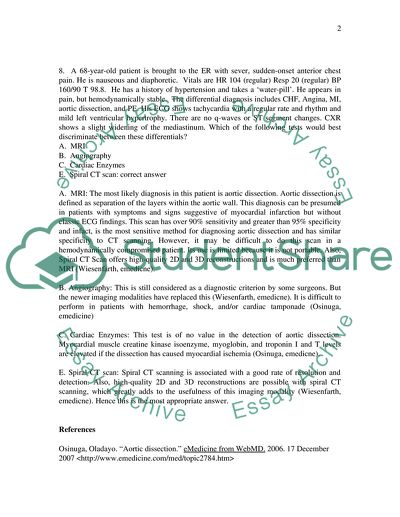Cite this document
(Analysis of Medical Situations Assignment Example | Topics and Well Written Essays - 4500 words, n.d.)
Analysis of Medical Situations Assignment Example | Topics and Well Written Essays - 4500 words. Retrieved from https://studentshare.org/health-sciences-medicine/1710991-pbl6
Analysis of Medical Situations Assignment Example | Topics and Well Written Essays - 4500 words. Retrieved from https://studentshare.org/health-sciences-medicine/1710991-pbl6
(Analysis of Medical Situations Assignment Example | Topics and Well Written Essays - 4500 Words)
Analysis of Medical Situations Assignment Example | Topics and Well Written Essays - 4500 Words. https://studentshare.org/health-sciences-medicine/1710991-pbl6.
Analysis of Medical Situations Assignment Example | Topics and Well Written Essays - 4500 Words. https://studentshare.org/health-sciences-medicine/1710991-pbl6.
“Analysis of Medical Situations Assignment Example | Topics and Well Written Essays - 4500 Words”, n.d. https://studentshare.org/health-sciences-medicine/1710991-pbl6.


